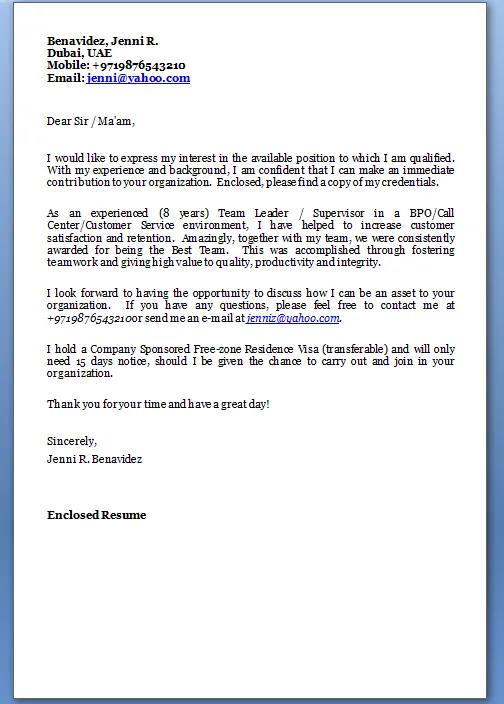Cover Letter Email Overview
A cover letter email is a crucial element of your job application, serving as a personalized introduction to your resume and qualifications. It’s your first chance to make a strong impression on a potential employer and differentiate yourself from other candidates. This guide will walk you through the key components, best practices, and common pitfalls of crafting effective cover letter emails that significantly boost your chances of landing an interview. Learn how to structure your email, highlight your skills, and tailor your message to each specific job application for maximum impact.
Cover Letter Email Why It Matters
In today’s competitive job market, a well-crafted cover letter email can be the deciding factor in whether your application is considered. It provides context to your resume, allowing you to elaborate on your experiences and explain why you’re the ideal candidate for the role. It demonstrates your writing skills, attention to detail, and genuine interest in the company. By taking the time to write a personalized cover letter, you show employers that you’re serious about the opportunity and willing to go the extra mile, setting you apart from applicants who might only submit a resume.
Key Components of a Cover Letter Email
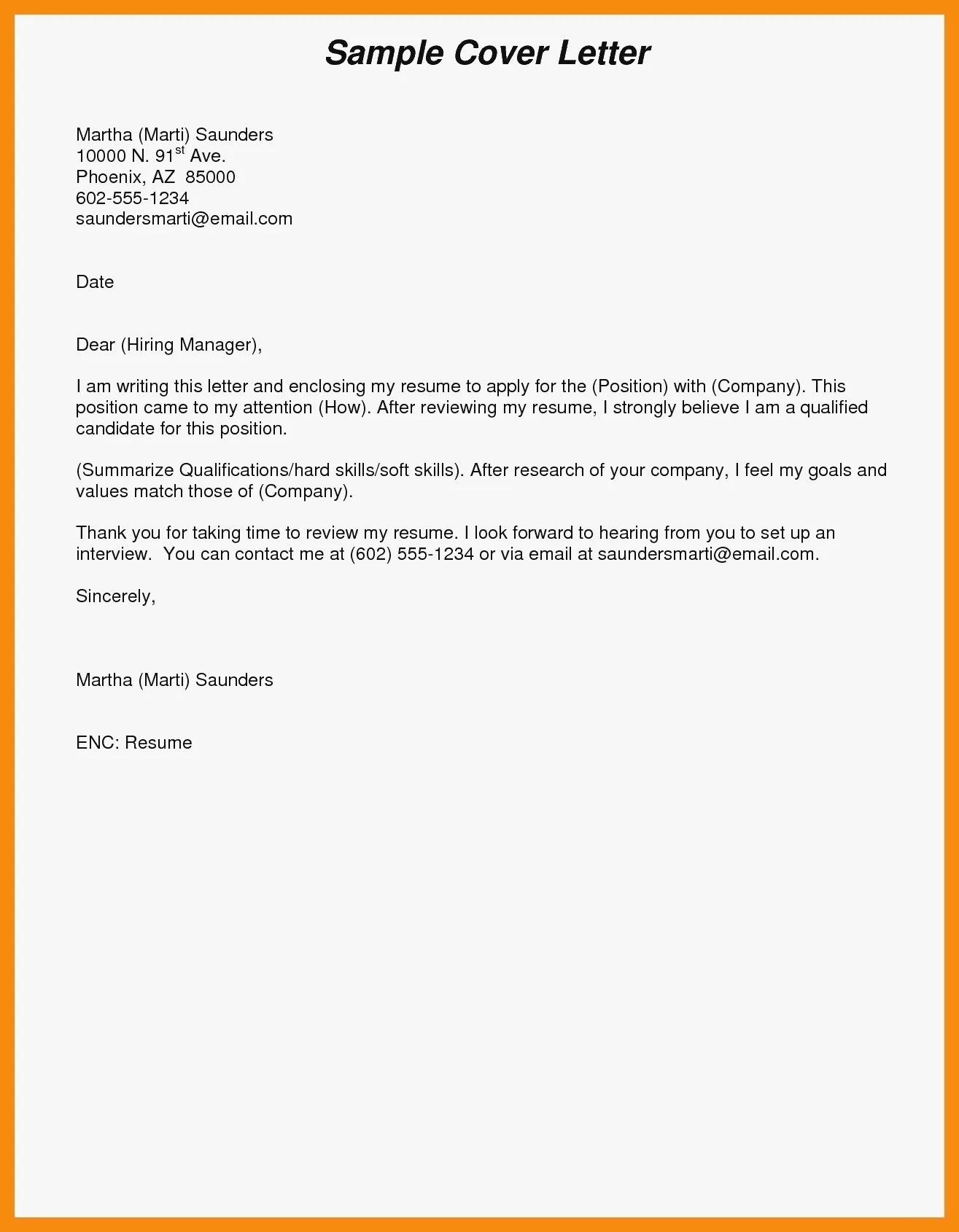
A strong cover letter email is composed of several essential elements working together to create a compelling message. These elements include a clear and concise header, a compelling subject line, a professional greeting and introduction, well-structured body paragraphs highlighting your skills and achievements, a closing that expresses your interest and encourages further contact, and a formal signature. Each part of the email should be carefully crafted to convey professionalism, interest, and a clear understanding of the job requirements.
Header and Subject Line
The header should include your name, contact information (phone number and email address), and the date. The subject line is your first opportunity to grab the reader’s attention. It should be clear, concise, and directly related to the job you’re applying for. Use keywords like “Application for [Job Title]” or “[Your Name] – [Job Title] Application.” Avoid generic subject lines that could cause your email to be overlooked. Ensure the subject line accurately reflects the email’s purpose and is easy to understand at a glance.
Greeting and Introduction
Start with a professional greeting such as “Dear Mr./Ms./Mx. [Last Name],” if you know the hiring manager’s name. If you don’t know the name, use a general greeting like “Dear Hiring Manager.” Your introduction should briefly state the position you’re applying for and how you learned about the opportunity. Immediately establish your interest and make a concise statement about your qualifications. This opening paragraph sets the tone for the rest of the email, so ensure it is engaging and demonstrates your enthusiasm.
Body Paragraph 1 Highlighting Key Skills
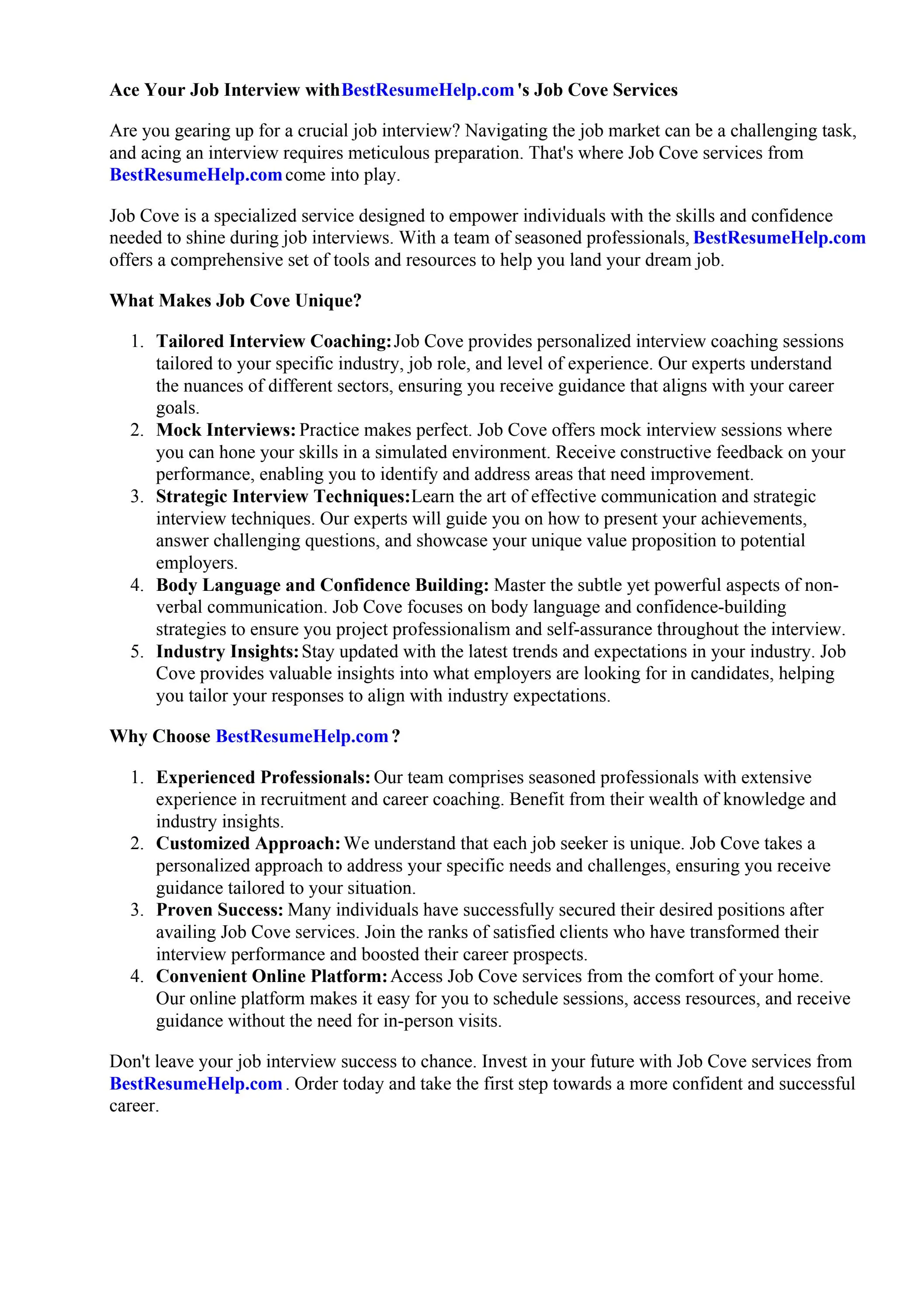
In the first body paragraph, focus on the key skills and qualifications the employer is seeking. Carefully review the job description and identify the most relevant skills and experiences. Provide specific examples of how you’ve demonstrated these skills in previous roles, using the STAR method (Situation, Task, Action, Result) to describe your accomplishments. Quantify your achievements whenever possible (e.g., “Increased sales by 15%” or “Managed a team of 10 people”). Tailor this section to match the job requirements, showing a clear alignment between your skills and the employer’s needs.
Body Paragraph 2 Showcase Your Achievements
The second paragraph should focus on showcasing your achievements and results. Instead of simply listing your responsibilities, highlight significant accomplishments that demonstrate your value to a potential employer. Use action verbs and provide concrete examples of what you achieved in previous roles. This could include project successes, process improvements, or positive outcomes that benefited your previous employers. Demonstrating your ability to achieve tangible results strengthens your application and increases your chances of securing an interview. Always include any relevant data that support your claims.
Body Paragraph 3 Explain Your Interest
In the final body paragraph, explain why you’re interested in this specific role and company. Research the company and highlight what appeals to you about their mission, values, or culture. Show that you understand the company’s goals and how your skills and experience align with their needs. This demonstrates your genuine interest and allows you to further differentiate yourself from other candidates. Show you are not sending a generic email and took time to research the position. It should be specific, showcasing your desire to contribute to the company’s success.
Closing Your Cover Letter Email
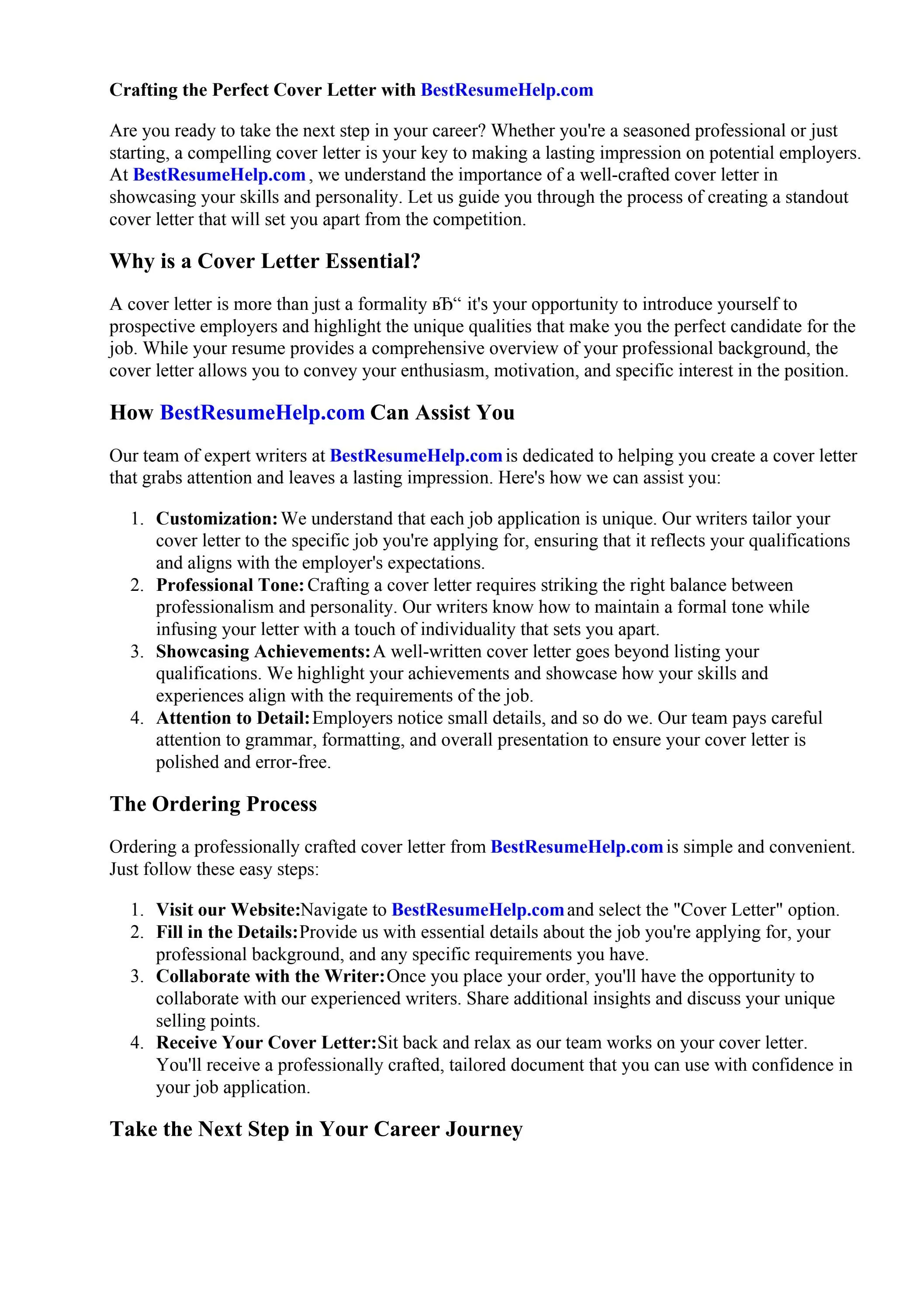
Your closing should reiterate your interest in the position and thank the hiring manager for their time and consideration. Express your enthusiasm for the opportunity and your willingness to discuss your qualifications further. Offer to provide any additional information that may be needed. A strong closing paragraph leaves a lasting positive impression and encourages the hiring manager to take the next step in the hiring process.
Formal Closing and Signature
Use a formal closing such as “Sincerely,” “Best regards,” or “Yours sincerely.” Follow this with your full name. Include your contact information below your name, including your phone number and email address. You can also include a link to your LinkedIn profile or online portfolio. This ensures the hiring manager can easily contact you and learn more about your experience. Your signature block should be professional, clear, and easy to read.
Proofreading and Editing
Before sending your cover letter email, proofread it carefully for any errors in grammar, spelling, and punctuation. Errors can reflect poorly on your attention to detail and professionalism. Read your email aloud to catch any awkward phrasing or typos. Consider having a friend or family member review your email for feedback. A polished, error-free email demonstrates your commitment to excellence and attention to detail. Make sure all names, titles, and company names are correct.
Formatting Your Cover Letter Email
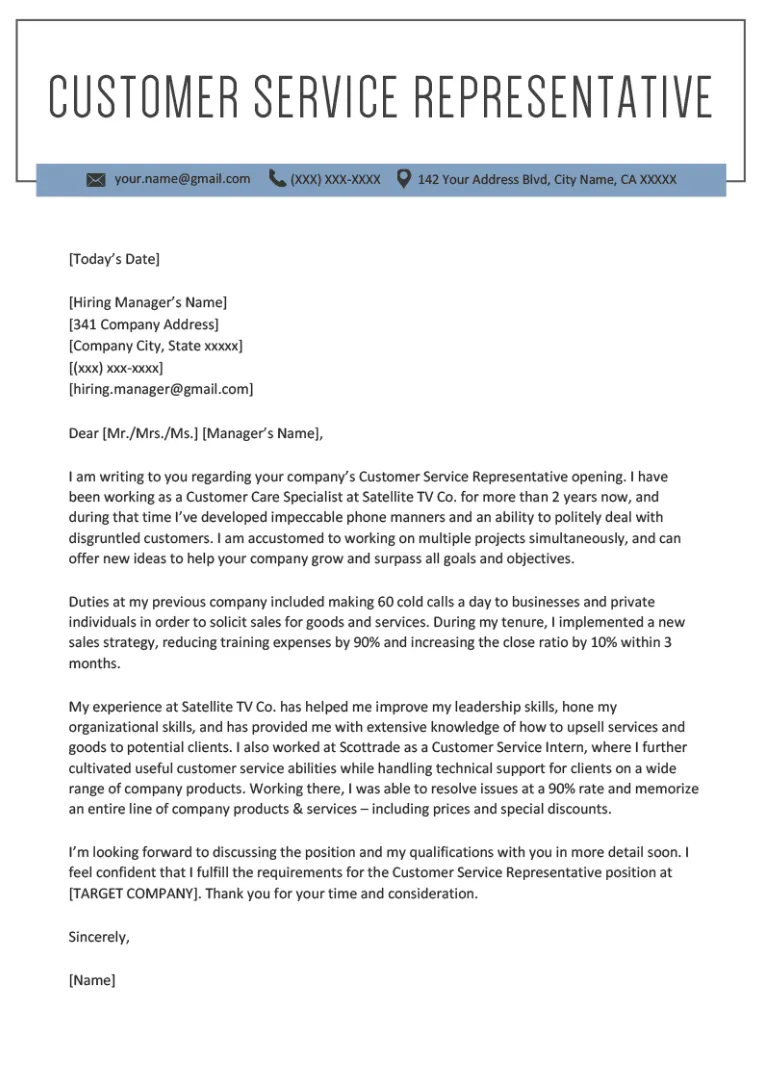
Formatting can significantly impact readability and professionalism. Keep your email concise and easy to read. Use short paragraphs and clear, concise sentences. Avoid using jargon or overly complex language. Use bullet points to highlight key achievements or skills, making the content easily digestible. Proper formatting ensures that your message is easy to understand and visually appealing.
Choosing the Right Font and Style
Choose a professional and easy-to-read font such as Times New Roman, Arial, or Calibri. Use a font size between 10 and 12 points. Maintain consistent formatting throughout your email, using bolding for headings and subheadings to organize your content. Ensure there is sufficient white space between paragraphs and sections to improve readability. A well-formatted email demonstrates attention to detail and a commitment to presenting yourself professionally.
Adapting Your Cover Letter Email to the Job
Every cover letter email should be tailored to the specific job and company. Generic cover letters are easily identified and often discarded. Take the time to carefully review the job description and identify the key skills and qualifications the employer is seeking. Customize your email to highlight how your skills and experiences align with those requirements. This demonstrates that you’ve carefully considered the role and are genuinely interested in the opportunity. This increases the chances that your application will stand out.
Researching the Company and Role
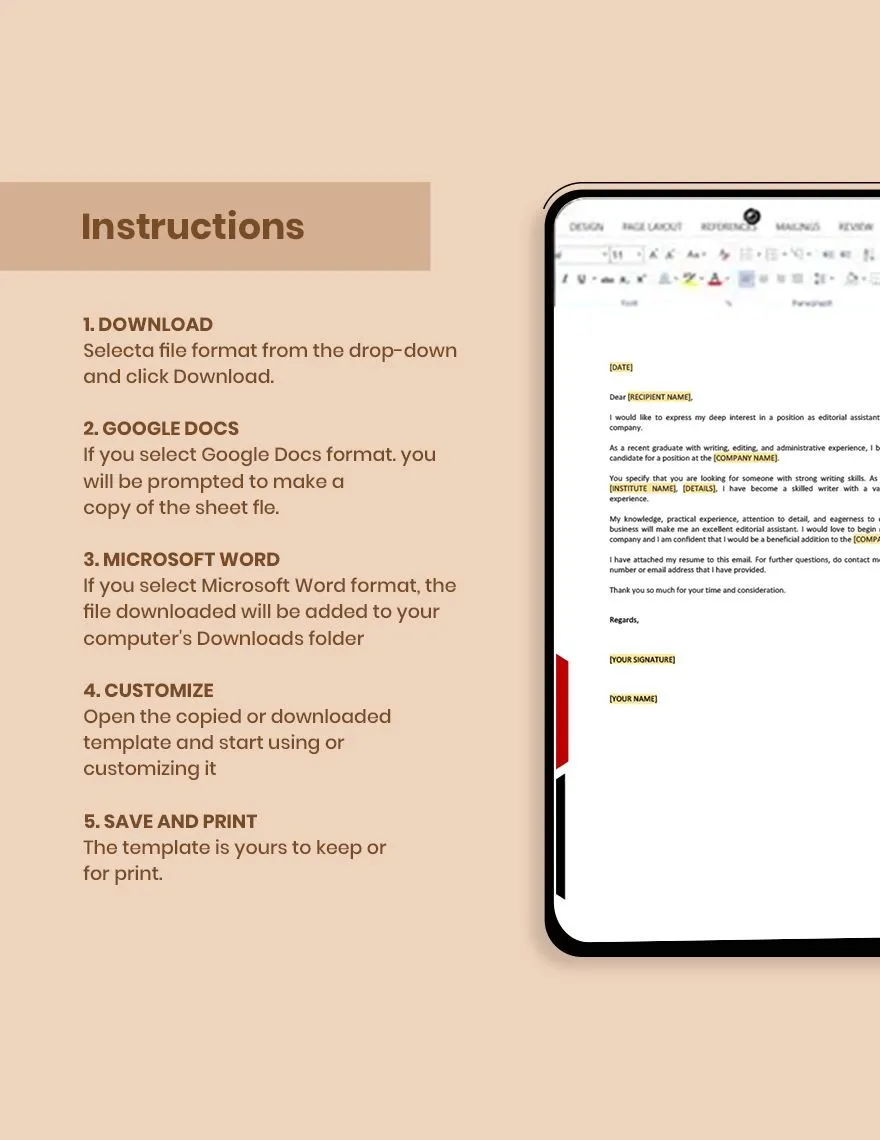
Before you start writing, research the company and the specific role you are applying for. Visit the company’s website, read articles, and check their social media profiles to understand their mission, values, and culture. Identify the key responsibilities and requirements of the role. This research will help you tailor your cover letter email and demonstrate your genuine interest. Understanding the company’s needs and values ensures your application is a strong match for the role and the organization.
Tailoring Your Content
Once you have researched the company and role, customize your cover letter email to reflect what you’ve learned. Highlight the skills and experiences that are most relevant to the job requirements. Use keywords from the job description in your email to show that you meet the employer’s needs. Explain why you are interested in the specific company and what attracts you to the role. Show how your values align with those of the company. Tailoring your content significantly increases the likelihood of your application being considered.
Cover Letter Email Mistakes to Avoid
Certain mistakes can undermine your cover letter email and reduce your chances of getting an interview. Generic cover letters that aren’t tailored to the specific job are a significant red flag. Poor grammar, spelling, and punctuation errors can demonstrate a lack of attention to detail. Being overly lengthy or including irrelevant information can also detract from your message. Always avoid negativity or discussing reasons for leaving previous jobs. A careful, professional, and well-structured email is the best approach.
Common Errors and How to Fix Them
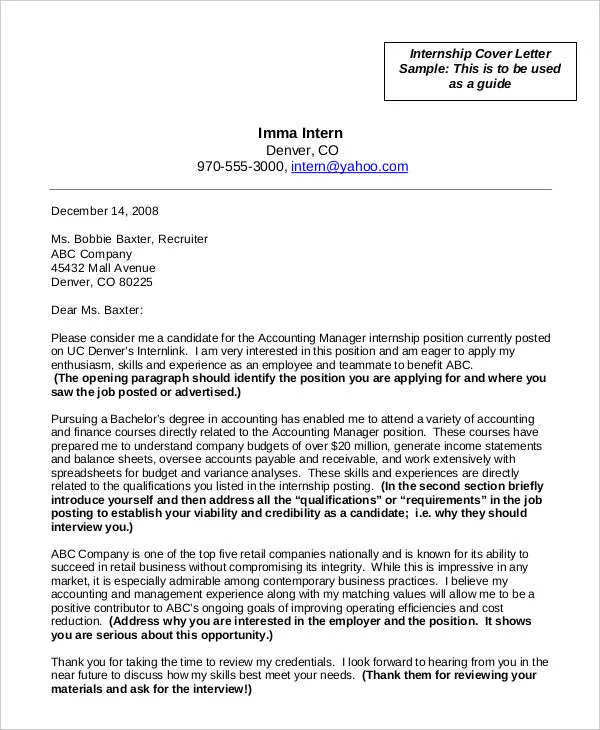
Common errors include using the wrong name or company name, not tailoring the email to the job, and including typos. To avoid these errors, always double-check all details before sending your email. Proofread your email carefully and use a grammar and spell checker. Seek a second opinion from a friend or career advisor. Ensure your email is focused, concise, and highlights your relevant skills and achievements. Pay close attention to detail to ensure your email makes a positive first impression.
Cover Letter Email Best Practices
Adhering to best practices helps you craft a compelling and effective cover letter email. Always tailor your email to each job and company. Highlight your relevant skills and achievements, providing specific examples. Show enthusiasm and genuine interest in the position and the company. Proofread your email carefully for errors, and always follow up after submitting your application. Using these practices increases your chances of securing an interview and landing the job.
Call to Action and Follow Up
Include a clear call to action in your closing, such as “I look forward to the opportunity to discuss my qualifications further.” or “Thank you for your time and consideration.” Follow up on your application within a week or two if you haven’t heard back. A polite follow-up email demonstrates your continued interest and initiative. If possible, address your email to the hiring manager by name; otherwise, use a general greeting. Following up can help ensure your application is noticed and demonstrate your commitment to the job.
Cover Letter Email Examples
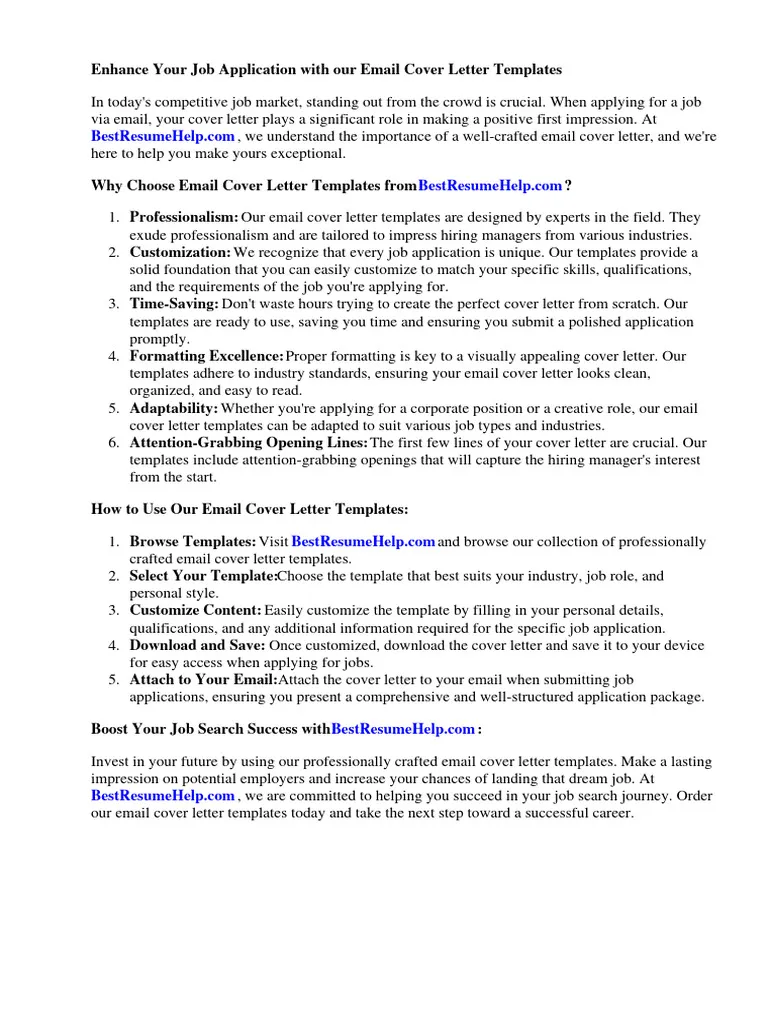
Reviewing examples of successful cover letter emails can provide valuable insights. Many online resources offer templates and examples tailored to various industries and job types. Study these examples to understand the structure, tone, and language used in effective cover letter emails. Use these examples as a starting point, but always personalize your email to reflect your unique skills and experiences. Adapt successful templates and examples to fit your personal situation and the specific requirements of the job you are applying for.
